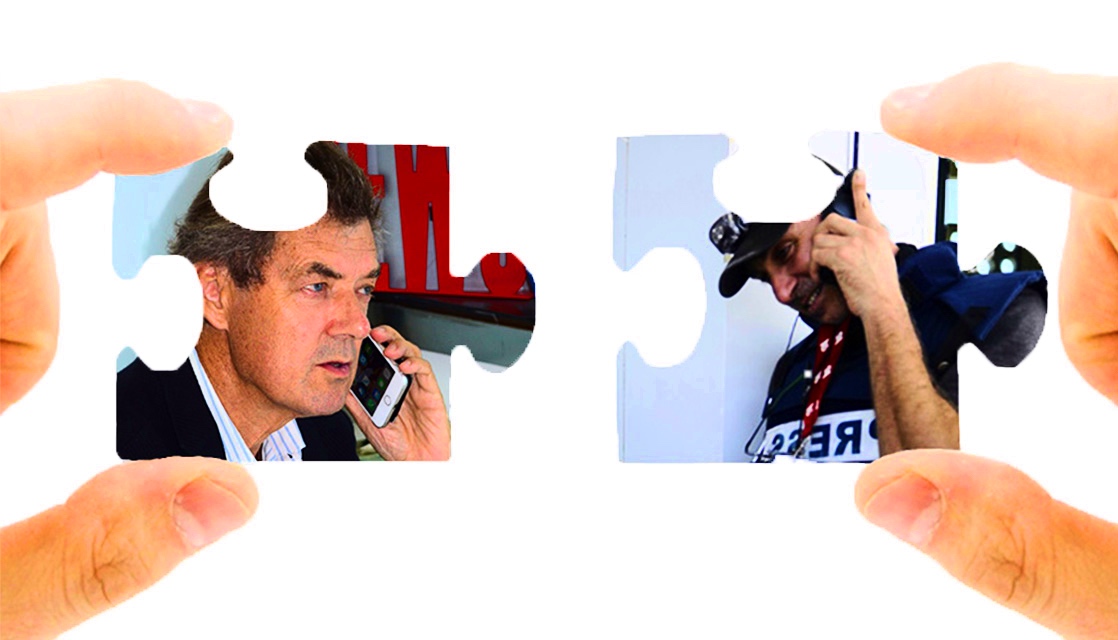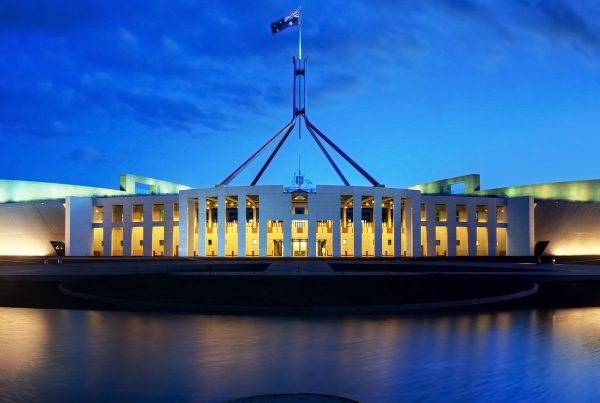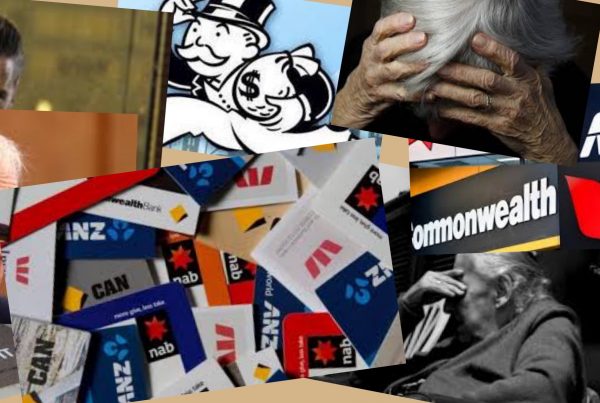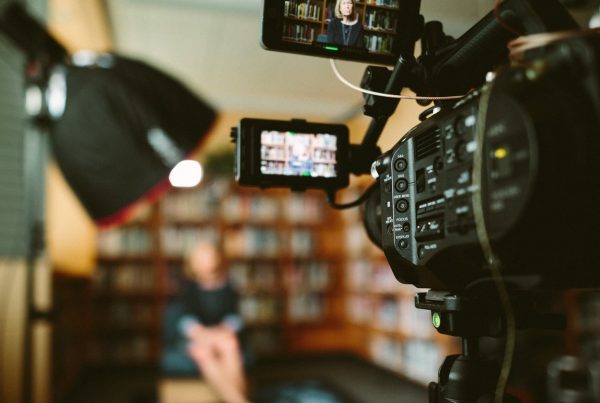Media Training: Overview

Photo: Channel 7 News
In this now hyper competitive environment, CEO’s must be able communicate on behalf of the company to external stakeholders. Put two competing companies side-by-side, where one boss is a good communicator and the other not, the former wins every time. We contend the days of the quiet achiever are past.
And amid today’s rapid changes, more than ever CEO’s need to be able to communicate internally the need to change a vision, a culture or behaviours.
That’s why Media Training is important.
It’s not about learning to ‘spin’ dishonest messages, although it can be misused for that; it’s about learning the basics because any day you can be challenged by media, by opponents, by staff, or by your customers.
Instead, call it Communication Training. It can be ‘soft’, to promote a vision or a product; it can be ‘hard’, which includes the techniques required to avert a crisis or other difficult situations.
So Key Messaging is not about deceiving people, it’s simply a discipline to say what you mean, better.
And training in Interview Techniques helps give you clarity and confidence to get your message across in an often nerve-wracking situation.
Journalists prefer to interview someone who is media trained, as you, the interviewee better understand their craft and can better answer questions. Peter Wilkinson has had 30 years’ experience as a journalist, and since 2002 has led a team of corporate affairs people concentrating predominantly on media, social media, community engagement and government relations.
Peter’s particular relevant skill is Crisis PR, which mainly involves preventing reputation damage and then reputation recovery.
Media Training: Our approach
Our approach is to give people confidence, not scare people away from participation in public debate.
The proven format
We’ve found through experience that the most effective training session lasts 2-3 hours. Any longer and tiredness takes over.
Preferably, we split our sessions into three sections:
1) First we discuss context: what is our desired outcome, how journalists behave, how to assess risk, and how to interact with journalists and other stakeholders
2) We discuss the complex and rapidly changing role of social media. We have a deep understanding of social media: we have a full-time social media team, plus we have hard-earned experience in many crises.
understanding of social media: we have a full-time social media team, plus we have hard-earned experience in many crises.
3) We practice various interview scenarios in an ‘as-live’ situation. As a journalist, Peter Wilkinson conducted thousands of interviews on Four Corners, This Day Tonight and The Journal (predecessors to 7:30), A Current Affair and 60 Minutes, and as a consultant he attended and observed journalists techniques for 15 years.
1. Media Training:
Handing & Understanding Media – familiarity gives confidence (up to 20 people)
We have written the booklet: “When a Journalist Calls”.
We walk participants through the steps an executive must take with media, stressing a cautionary approach – from experience we are risk-averse. 
We work through some recent scenarios, looking at what happened and why. We also discuss some catastrophic outcomes we’ve seen in the media, and how they might have been better managed.
This first session frames the context for interacting with a journalist, which is as important as understanding the nitty-gritty of the interview.
It includes:
- Seven questions a journalist needs to be asked to gauge trust/risk, before anyone agrees to answer questions.
- Why some journalists misbehave: the demands of publishing today; the pressure on journalists to be controversial; why journalists are always demanding a ‘fresh angle’.
- Handling the first approach: first engagement with a journalist – how and when to hang-up; How to assess the risk and whether to agree to an interview.
- Preparation for the interview – for either a promotional-piece or a tougher interview: the three kinds of key messages; how to separate the TV/radio/newspaper journalist’s agenda from the outcome you want; how to practice for the interview; how to manage negative issues and trick questions; and turning negatives into positives.
- The interview: how to maintain confidence when handling tough questions; how to reinforce the positives when the question appears negative.
- The follow-up: how to form long-term relationships with journalists.
You can see how the above is relevant for any engagement, not just for journalists.
2. Media Training:
Social Media: developing strategies that work; and how to manage negative social/digital events (up to 20 people)
Media engagement campaigns are conducted using social and traditional media in tandem.
Social media is an increasingly complex, but effective environment:
- Sometimes media issues are created by a rogue tweet/post and need to be resolved in traditional media.
- And you opponents will use social media to disrupt your business.
- Social media is a critical component when communicating with journalists because they use it more than most industry sectors.
- Alternatively, social media is also a way to by-pass potentially negative journalists, allowing clear-air for our messages.
- The traditional content-driven environment is made additionally powerful with advertising.
The content of this module is really dictated by the needs of the group as levels of knowledge, and of social/digital integration vary enormously between organisations.
However, there are some basic rules a strategist and spokesperson must be aware of when embarking on a campaign, in order to anticipate/manage outcomes.
3. Media Training:
As-real practice interview sessions (up to 6 people)
Camera, lights, action!!
This is the practical part, and fun. We know from experience that clients benefit hugely from this session.
Peter Wilkinson built a television career based on doing tough interviews, or producing other reporters to do the same. As a PR professional since 2002 he’s become a coach on how to convey messages in tough interview situations.
A good interview conveys the integrity of the interviewee, as well as the chosen key messages.
We cover the essentials, including:
- Effective short interviews: practice how to make the most of those seven-second appearances for radio and TV news and some newspaper interviews.
- The structure of longer interviews: perfecting radio talkback, current affairs TV and longer newspaper interviews.
- Demonstration and practice of doorstops and ‘walk-ins’, if needed. It’s entertaining and effective!!
Media training:
Summary
These sessions can be varied on the day as individual’s interests and needs become apparent.
Our experience is that the above preparation, with follow-up phone calls or face-to-face updates before interviews, provides executives with the confidence and ability to perform under almost all circumstances.
Other reading: Crisis PR checklist





